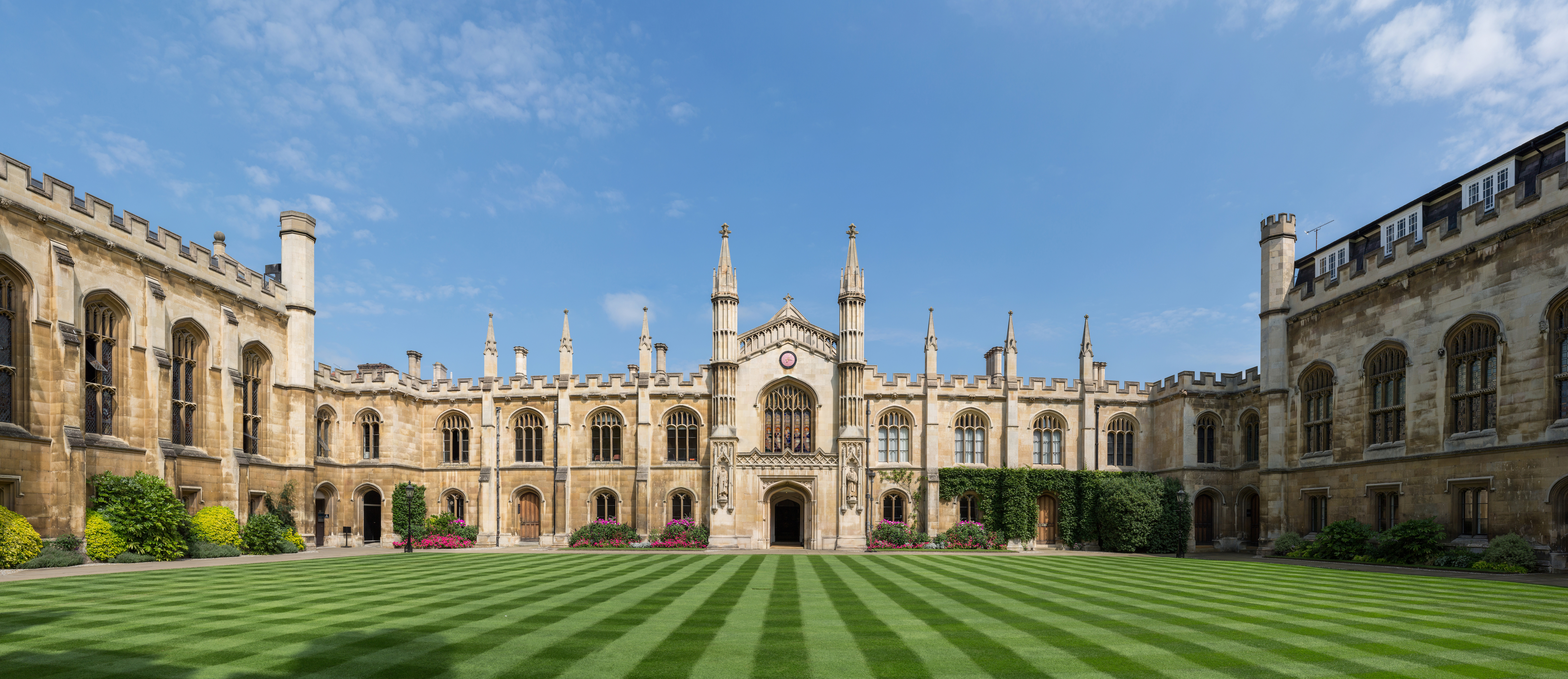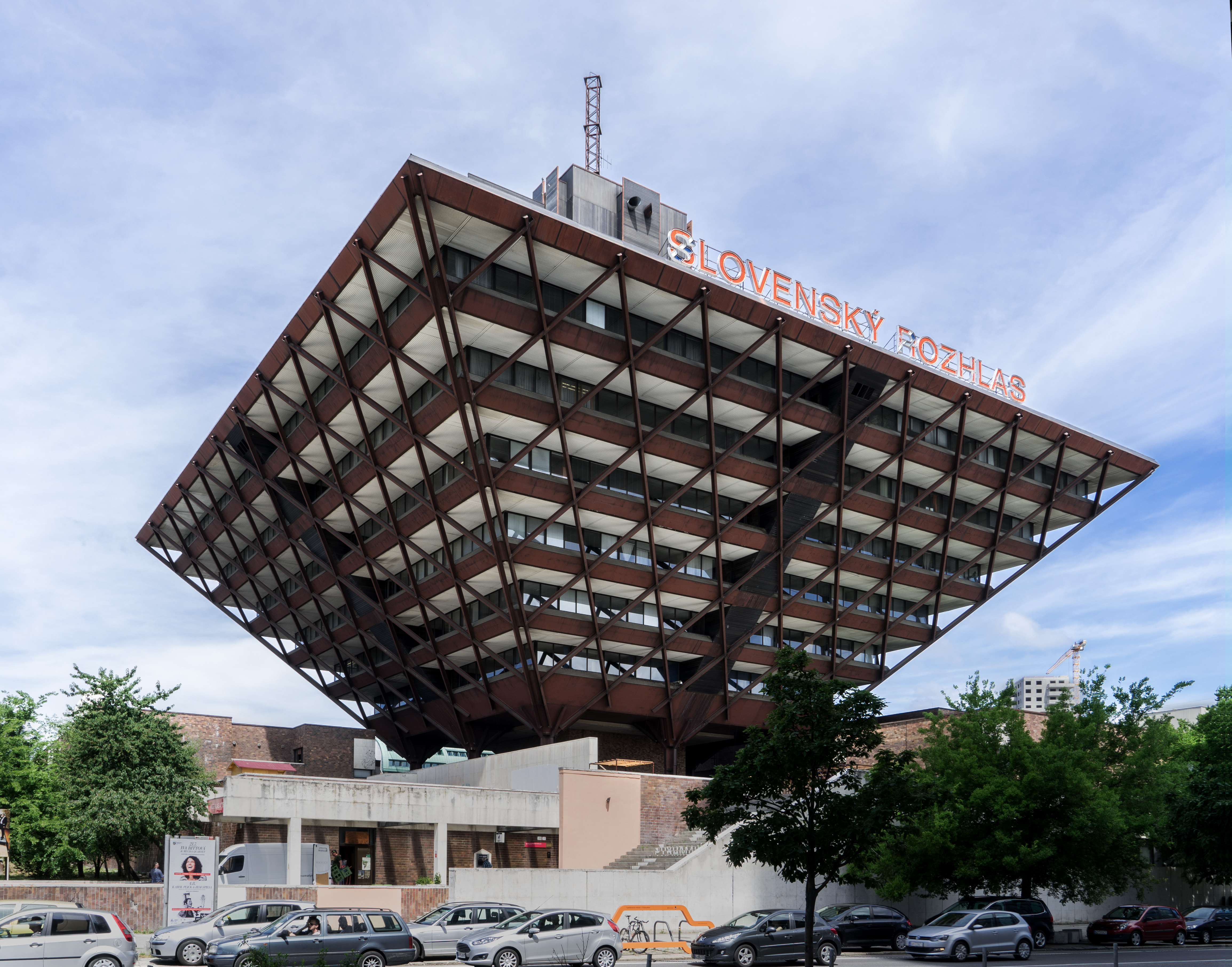|
KAUG
KAUG (89.9 FM) was a radio station licensed to serve Anchorage, Alaska. The station was last owned by the Anchorage School District. It aired a variety format. The station was assigned the KAUG call letters by the Federal Communications Commission The Federal Communications Commission (FCC) is an independent agency of the United States federal government that regulates communications by radio, television, wire, satellite, and cable across the United States. The FCC maintains jurisdiction ... (FCC) on August 7, 2007. The FCC cancelled the station's license and deleted its call sign on February 2, 2022 for failure to file an application for license renewal. References External linksAnchorage School District* 2007 establishments in Alaska 2022 disestablishments in Alaska Anchorage School District AUG Radio stations established in 2007 Radio stations disestablished in 2022 AUG Defunct radio stations in the United States AUG {{AnchorageAK-geo-stub ... [...More Info...] [...Related Items...] OR: [Wikipedia] [Google] [Baidu] |
Augie Hiebert
August Gottlob Hiebert (December 4, 1916 – September 13, 2007) was an American television executive. Hiebert is credited with building Alaska's first television station, KTVA in Anchorage in 1953. He is often called the "father of Alaskan television." Early life Augie Hiebert was born in Trinidad, Washington. Fascinated with electronics as a teenager, he built his first amateur radio in Bend, Oregon, when he was only 15. He landed his first job in Wenatchee, Washington, at a radio station after graduating from high school. He worked his way up from an announcer to a station engineer at another radio station in Bend. Alaskan television and radio Alaskan radio In 1939, Hiebert followed one of his Bend, Oregon, co-workers, Austin E. "Cap" Lathrop, to Fairbanks, Alaska, where they built the city's first radio station, KFAR. On December 7, 1941, Heibert, at his KFAR radio station in Fairbanks, was the first Alaskan to hear the news of the Japanese attack at Pearl Har ... [...More Info...] [...Related Items...] OR: [Wikipedia] [Google] [Baidu] |
Anchorage, Alaska
Anchorage () is the largest city in the U.S. state of Alaska by population. With a population of 291,247 in 2020, it contains nearly 40% of the state's population. The Anchorage metropolitan area, which includes Anchorage and the neighboring Matanuska-Susitna Borough, had a population of 398,328 in 2020, accounting for more than half the state's population. At of land area, the city is the fourth-largest by area in the United States and larger than the smallest state, Rhode Island, which has . Anchorage is in Southcentral Alaska, at the terminus of the Cook Inlet, on a peninsula formed by the Knik Arm to the north and the Turnagain Arm to the south. In September 1975, the City of Anchorage merged with the Greater Anchorage Area Borough, creating the Municipality of Anchorage. The municipal city limits span , encompassing the urban core, a joint military base, several outlying communities, and almost all of Chugach State Park. Because of this, less than 10% of the Mun ... [...More Info...] [...Related Items...] OR: [Wikipedia] [Google] [Baidu] |
City Of License
In American, Canadian, and Mexican broadcasting, a city of license or community of license is the community that a radio station or television station is officially licensed to serve by that country's broadcast regulator. In North American broadcast law, the concept of ''community of license'' dates to the early days of AM radio broadcasting. The requirement that a broadcasting station operate a ''main studio'' within a prescribed distance of the community which the station is licensed to serve appears in U.S. law as early as 1939. Various specific obligations have been applied to broadcasters by governments to fulfill public policy objectives of broadcast localism, both in radio and later also in television, based on the legislative presumption that a broadcaster fills a similar role to that held by community newspaper publishers. United States In the United States, the Communications Act of 1934 requires that "the Commission shall make such distribution of licenses, fr ... [...More Info...] [...Related Items...] OR: [Wikipedia] [Google] [Baidu] |
Radio Stations In Anchorage, Alaska
Radio is the technology of signaling and communicating using radio waves. Radio waves are electromagnetic waves of frequency between 30 hertz (Hz) and 300 gigahertz (GHz). They are generated by an electronic device called a transmitter connected to an antenna which radiates the waves, and received by another antenna connected to a radio receiver. Radio is very widely used in modern technology, in radio communication, radar, radio navigation, remote control, remote sensing, and other applications. In radio communication, used in radio and television broadcasting, cell phones, two-way radios, wireless networking, and satellite communication, among numerous other uses, radio waves are used to carry information across space from a transmitter to a receiver, by modulating the radio signal (impressing an information signal on the radio wave by varying some aspect of the wave) in the transmitter. In radar, used to locate and track objects like aircraft, ships, spacecraft a ... [...More Info...] [...Related Items...] OR: [Wikipedia] [Google] [Baidu] |
College Radio Stations In Alaska
A college (Latin: ''collegium'') is an educational institution or a constituent part of one. A college may be a degree-awarding tertiary educational institution, a part of a collegiate or federal university, an institution offering vocational education, or a secondary school. In most of the world, a college may be a high school or secondary school, a college of further education, a training institution that awards trade qualifications, a higher-education provider that does not have university status (often without its own degree-awarding powers), or a constituent part of a university. In the United States, a college may offer undergraduate programs – either as an independent institution or as the undergraduate program of a university – or it may be a residential college of a university or a community college, referring to (primarily public) higher education institutions that aim to provide affordable and accessible education, usually limited to two-year associ ... [...More Info...] [...Related Items...] OR: [Wikipedia] [Google] [Baidu] |
2007 Establishments In Alaska
7 (seven) is the natural number following 6 and preceding 8. It is the only prime number preceding a cube. As an early prime number in the series of positive integers, the number seven has greatly symbolic associations in religion, mythology, superstition and philosophy. The seven Classical planets resulted in seven being the number of days in a week. It is often considered lucky in Western culture and is often seen as highly symbolic. Unlike Western culture, in Vietnamese culture, the number seven is sometimes considered unlucky. It is the first natural number whose pronunciation contains more than one syllable. Evolution of the Arabic digit In the beginning, Indians wrote 7 more or less in one stroke as a curve that looks like an uppercase vertically inverted. The western Ghubar Arabs' main contribution was to make the longer line diagonal rather than straight, though they showed some tendencies to making the digit more rectilinear. The eastern Arabs developed the digit fr ... [...More Info...] [...Related Items...] OR: [Wikipedia] [Google] [Baidu] |
Variety (radio)
Variety is a radio format that plays music across numerous genres. Free-form variety is associated with a wide range of programming including talk, sports, and music from a wide spectrum. This format is usually found on smaller, non-commercial public broadcasting stations such as college radio, community radio or high school radio stations. If a variety formatted station has a program director, that person exerts little if any influence on the music or other programming choices beyond the normal regulatory control required by that country's licensing regulations. Variety is also associated with full-service radio. This format is primarily found in the rural United States, on commercial AM stations, and on a few FM public radio stations (usually those that play jazz). These stations tend to favor older listeners and play a mix of music that focuses more on older mainstream music, although much broader than the typical suburban oldies or classic hits station; a full-service ... [...More Info...] [...Related Items...] OR: [Wikipedia] [Google] [Baidu] |
Radio Station
Radio broadcasting is transmission of audio (sound), sometimes with related metadata, by radio waves to radio receivers belonging to a public audience. In terrestrial radio broadcasting the radio waves are broadcast by a land-based radio station, while in satellite radio the radio waves are broadcast by a satellite in Earth orbit. To receive the content the listener must have a broadcast radio receiver (''radio''). Stations are often affiliated with a radio network which provides content in a common radio format, either in broadcast syndication or simulcast or both. Radio stations broadcast with several different types of modulation: AM radio stations transmit in AM ( amplitude modulation), FM radio stations transmit in FM (frequency modulation), which are older analog audio standards, while newer digital radio stations transmit in several digital audio standards: DAB (digital audio broadcasting), HD radio, DRM ( Digital Radio Mondiale). Television bro ... [...More Info...] [...Related Items...] OR: [Wikipedia] [Google] [Baidu] |
2007 In Radio
The year 2007 in radio involved some significant events. Events *January 8: Nanci "The Fabulous Sports Babe" Donnellan returns to radio after a six-year absence, filling in for local hosts in Florida. *January 12: Entercom station KDND in Sacramento, California was sued after a participant in a "Hold Your Wee For a Wii" contest held by the station's morning show died of water intoxication. *February 12: Two radio stations in Guinea, FM Liberté and Radio Familia, are attacked and besieged by members of the presidential guard. *February 5: In Baghdad, Iraqi police find the murdered body of Abduirazak Hashim Ayal al-Khakani, a journalist employed by the news service of Jumhuriyat al-Iraq radio. *February 12: Rádio Trânsito begins broadcasting from São Paulo, Brazil. *March 2: WMMS-HD2 (100.7-2 FM), a digital subchannel of Cleveland rock station WMMS, launches with a "classic alternative" format. *March 3: A number of format changes are announced at Cumulus Media-owned radio ... [...More Info...] [...Related Items...] OR: [Wikipedia] [Google] [Baidu] |



